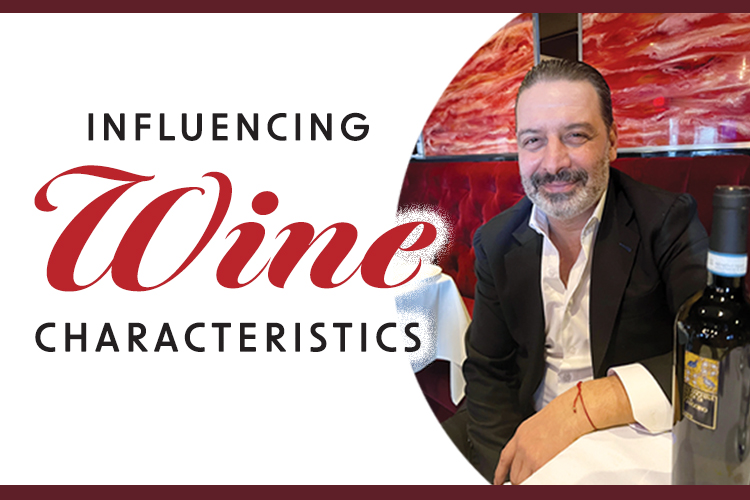
By Marc Piperno
It’s an age old question that has the novice wine enthusiast curious enough to want to understand the origins of the wines we have come to love. Yes, we all have our favorites, like a full body Cabernet or a crisp, light Chablis. If you are not already familiar, the insight found in this article is sure to enhance the social aspect of breaking bread with a glass.
So then, why are some red wines more robust and deeper in color than others? What is the relevancy of pairing white wine with seafood and red wine with meat?
Recently, I had the chance to sit down with Manager and Sommelier Giuseppe Sasso of Mannino’s Kitchen and Bar, Commack for a solid hour to gain greater insight.
Giusseppe has a passion for wine. As he explains it, “For me, wine is not just a beverage, but more like a work of art. Just as an artist paints with his palate, so it goes for the wine maker that carefully and deliberately allows certain conditions to be present, while manipulating the manner in which grapes are manufactured.”
Where the grapes are grown matters. Quality and composition of the soil, irrigation and sun exposure, combined with region greatly influences how it’s flavor, acidity and texture delivers to the palate. Equally influential to the complexity of taste is the fermentation process, where the wine is stored in stainless steel vats, before aging in barrels. Since Mr. Sasso is a native to Italy, our conversation, for this segment, evolved around the Tuscany region. To get a clearer understanding of what influences wine, Mr. Sasso focused in on one of the most recognized and respected Tuscan wines. The renowned Brunello Di Montalcino, is a red wine developed through the rolling hills of Montalcino, Italy that is unique to this area. For one, the thickness of the skins on the berries results in a Brunello characterized by robust fruit flavors with high tannins and acidity.
Tannins is a term used by wine experts, as a form of expressing the bitterness of the wine that develops from use of the skins, stems, and seeds. In addition, the longer in contact the skins are with the grape juice, the deeper in color and more intense the tannin becomes. Mr. Sasso further explained that the wine, during fermentation will mimic other flavors. This is caused by the introduction of yeast that turns sugars from the grape juice into alcohol.
As Mr. Sasso explains, “In terms of pairing wine, the acidity in the Brunello works well with red meat, because it helps break down the fat content, allowing the palate to cleanse. That said, it makes sense to pair the bold flavors of a Brunello with a steak. The same hold true for fish. A delicate tasting fish pairs better with a white wine, simply because a white is less likely to overwhelm the palate.”
A perfect a pair as this may be, a Brunello with its high acidity is not recommended to be consumed over social chatter. Giusseppe continues; “If you are not eating protein with a Brunello, your mouth will become dry and the wine itself will become unappealing. Though a Merlot is also dry, it is low in tannin, resulting in a smoother tasting experience and better suited for social gathering.”
Mr. Sasso summed it all up by stating, “The process of wine making is a very complex topic and is impossible to explain in one conversation, but I hope I have enlightened your readers.”
If you never met Giusseppe before, stop by Mannino’s Kitchen and Bar for lunch or dinner and let the Master of grapes guide you through a remarkable dining experience.
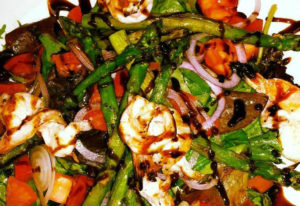
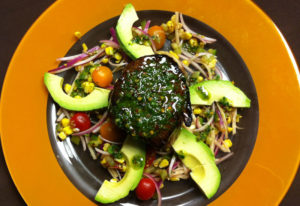






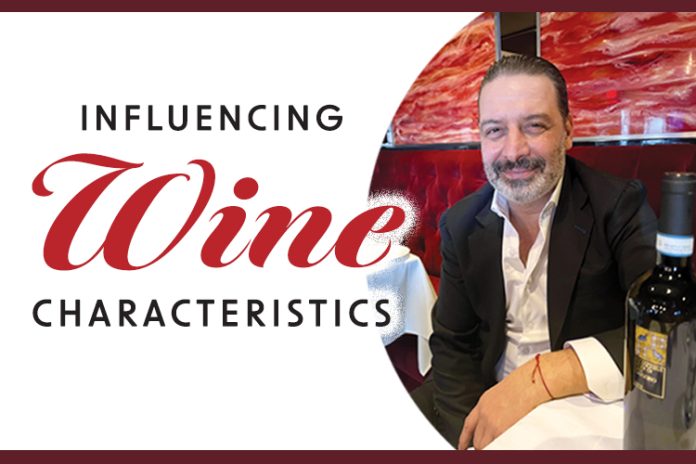



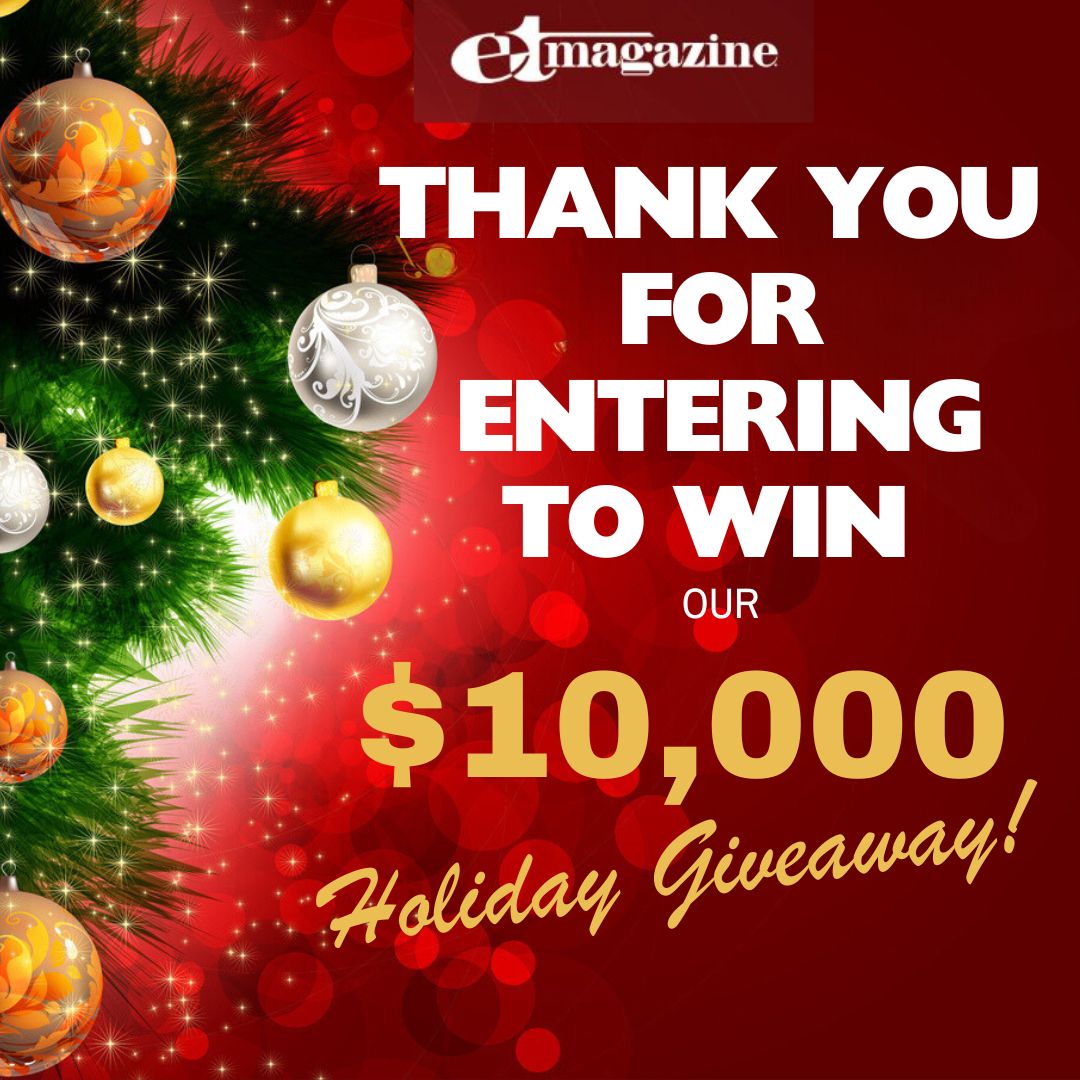 20 lucky winners will win $500 each in prizes totaling $10,000.
20 lucky winners will win $500 each in prizes totaling $10,000. 